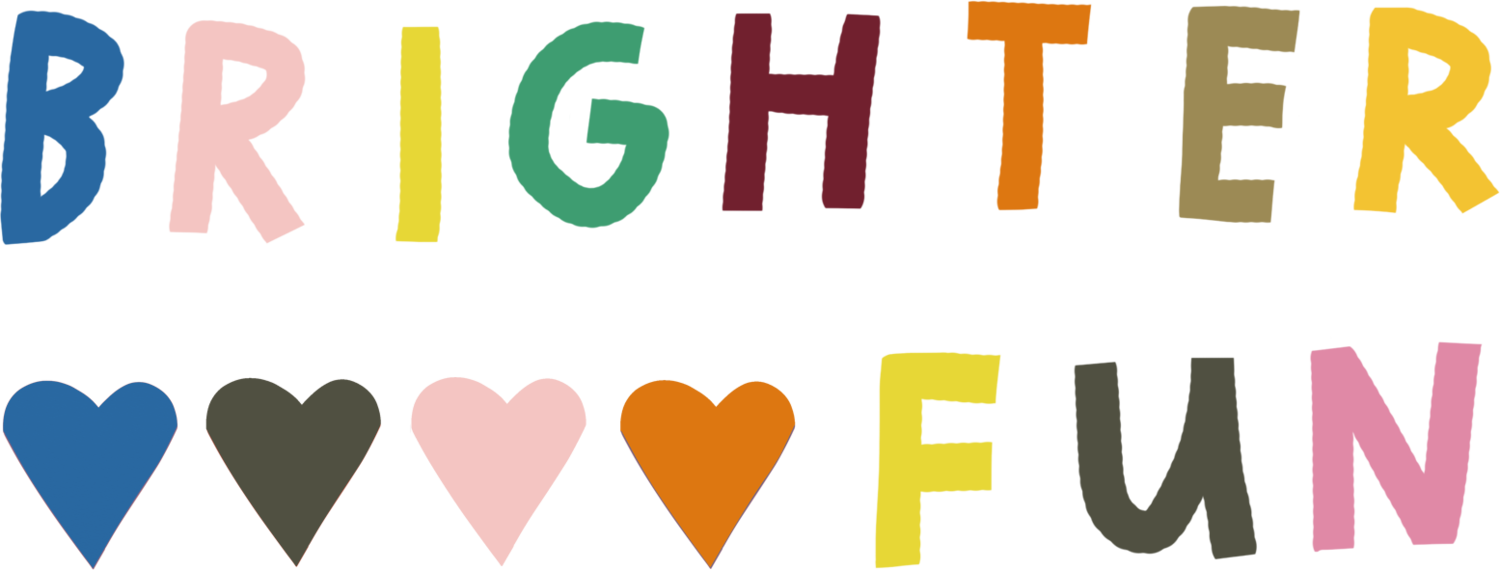Independent Play
I love standing in the hallway and listening to our daughter as she plays with her toys. Somehow, she creates an amazing universe where anything is possible, everyone is loved, and unicorns abound. As an educator, I’m thrilled because of the research regarding play - particularly, independent play.
The Harvard Graduate School of Education has laid out three prime indicators of playful learning: choice, wonder, and delight. Some children naturally engage in these aspects - yet others struggle with one or more. We can’t count the times we’ve heard, “I’m bored!” or “I don’t like this!” So, how can we make sure to engage these three indicators during home instruction, breaks from school, or even just for fun? One way is to foster more independent play time.
Choice: A hallmark of independent play is having a voice and choice in the type of play. Kids set the stage, decided how long to play, and even make their own rules. A key tip for parents is to relinquish control. Kids might choose to play in the dirt - and we should honor that choice, no matter how tough!
Once, as a teacher, my class chose to create and put on a class play instead of studying for the end-of-the-year state standardized tests. I felt like we were doing pretty well already, and they really wanted it, so we went for it. Big surprise - the play was amazing and kids did better than ever on those tests!
Wonder: Our family loves growing things - flowers, tomatoes, anything we can do together with the kids. They enjoy exploring and learning about nature, and gardening together is always a fun family experience. It’s also a wondrous time - how do these plants grow? Where does the water go? What kind of bug is that? I wonder how many tomatoes we’ll get?!
Recently, we were surprised to wake up and see that our son had got up early on Mother’s Day to “play” by himself and create a special present for mom. The “card for mom” was an artistic creation depicting the family garden. Flowers, trees, plants, and even worms beneath the surface splashed across the paper. As he explained each creation, we were reminded powerfully how wonder during play spills into independent play and sparks joy for our kids.
Delight: This one is easy to see, but hard to create. Smiles, laughter, and joy. But, what makes kids happy? It can be tough to know as a grown-up coming home from a long day at work with the stress of life buzzing on your phone every other second. A helpful tip here is to think about what makes you feel safe, fuzzy, and care-free. Do you remember the smell of warm concrete after you jump out of the pool on a hot summer day? Have you ever made a fort out of couch pillows? Do epic stories excite and inspire you? Sometimes harkening back to our safe memories will lead us to delightful independent play.
Quarantine with the kids has really highlighted the importance of independent play. We’ve always believed in the research around the power of independent play for lifelong success, but now we’re also witnessing the impact on family relationships first hand!
We’re happy to have shared the success of Animal Chat with families across the world as a resource during free play and even independent play. Kids love just sorting through the cards, looking at the colors, illustrations, and feeling all the feelings. One of my happiest moments listening to our daughter play by herself is when she uses specific emotional vocabulary she learned from Animal Chat. “Oh, are you feeling frustrated?” she asks her stuffed animals. What a treat!


